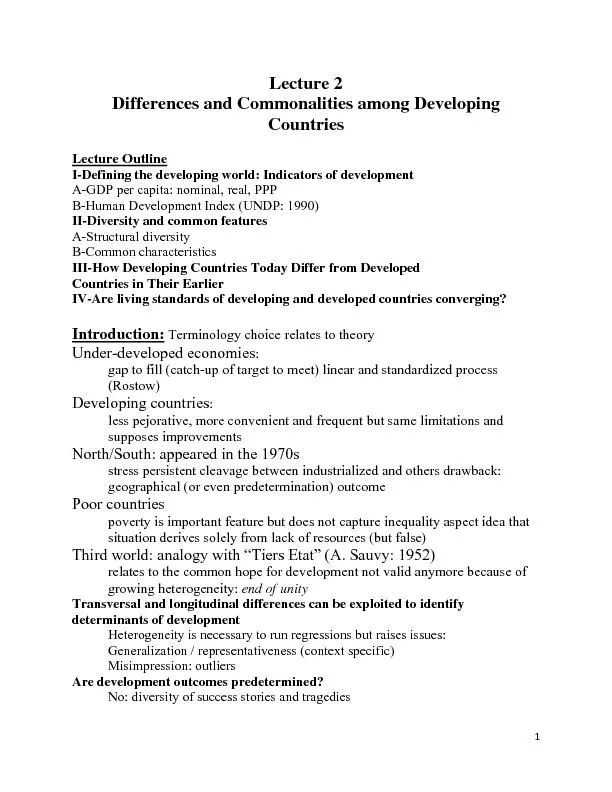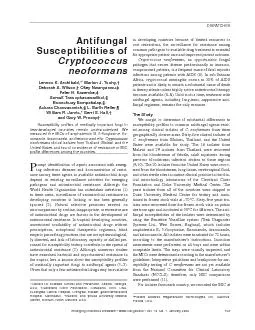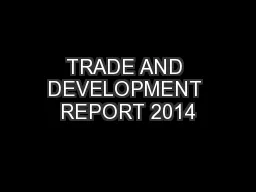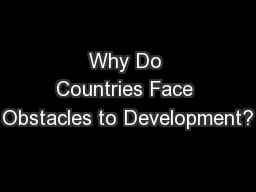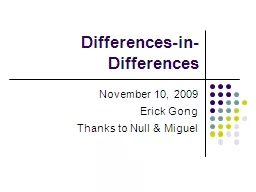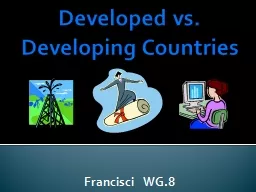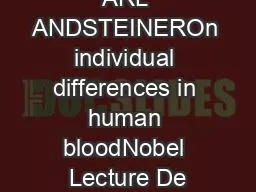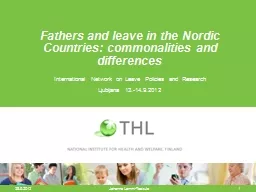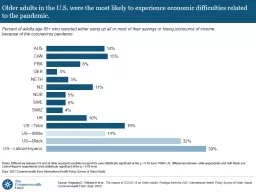PDF-Lecture 2 Differences and Commonalities among Developing Countries Le
Author : giovanna-bartolotta | Published Date : 2016-05-21
AGDP per capita nominal real PPP BHuman Development Index UNDP 1990 AStructural diversity BCommon characteristics IIIHow Developing Countries Today Differ from Developed
Presentation Embed Code
Download Presentation
Download Presentation The PPT/PDF document "Lecture 2 Differences and Commonalities ..." is the property of its rightful owner. Permission is granted to download and print the materials on this website for personal, non-commercial use only, and to display it on your personal computer provided you do not modify the materials and that you retain all copyright notices contained in the materials. By downloading content from our website, you accept the terms of this agreement.
Lecture 2 Differences and Commonalities among Developing Countries Le: Transcript
Download Rules Of Document
"Lecture 2 Differences and Commonalities among Developing Countries Le"The content belongs to its owner. You may download and print it for personal use, without modification, and keep all copyright notices. By downloading, you agree to these terms.
Related Documents

